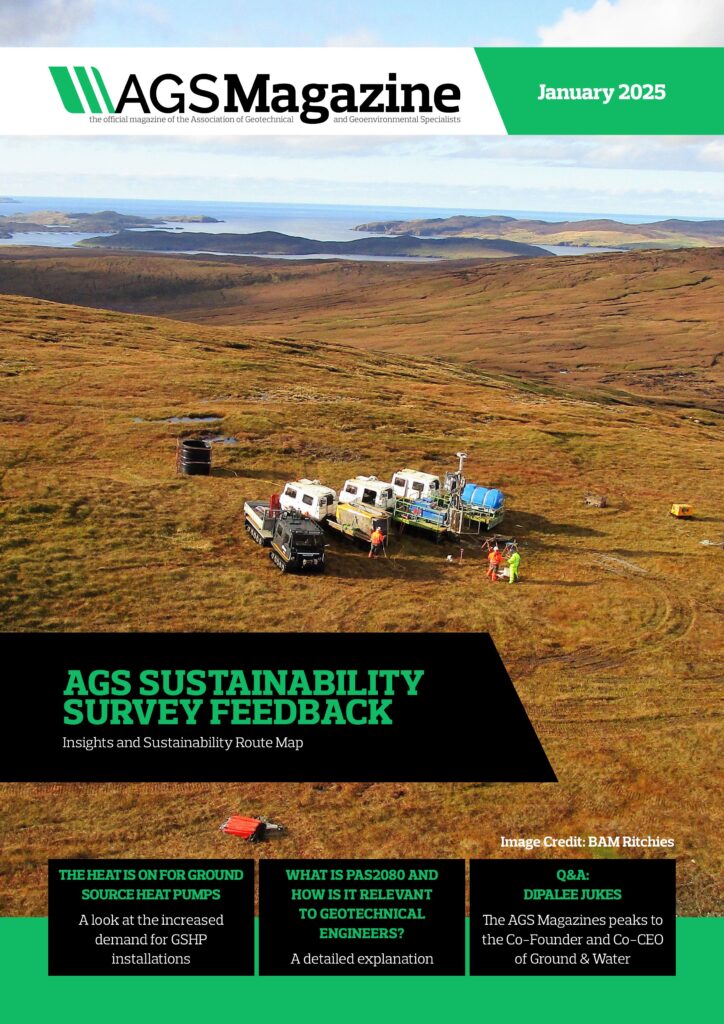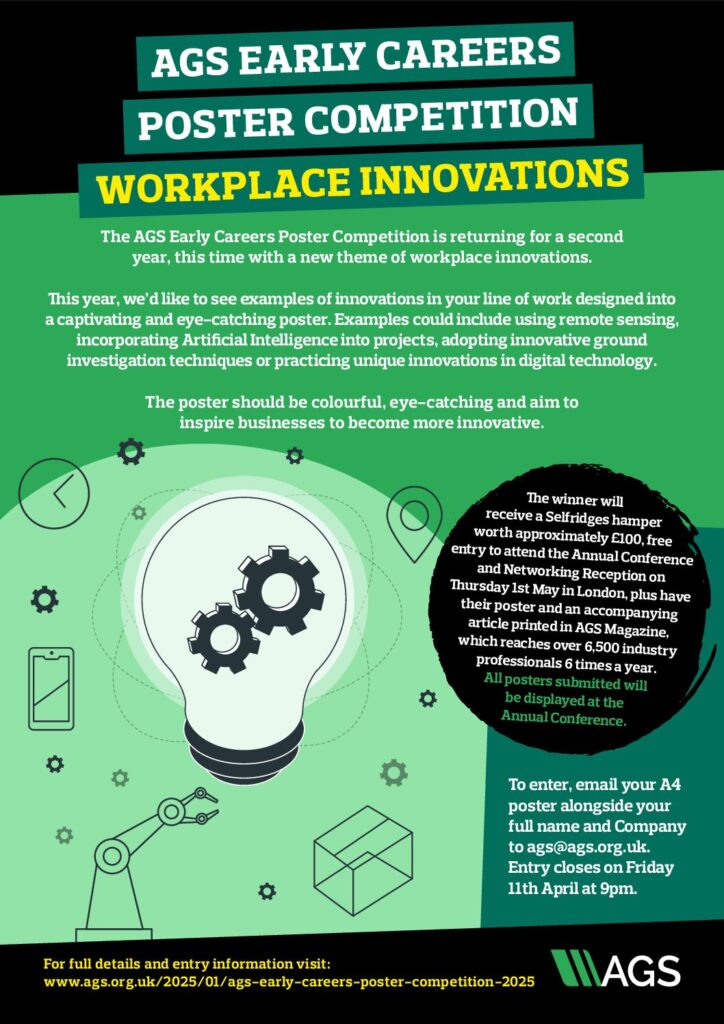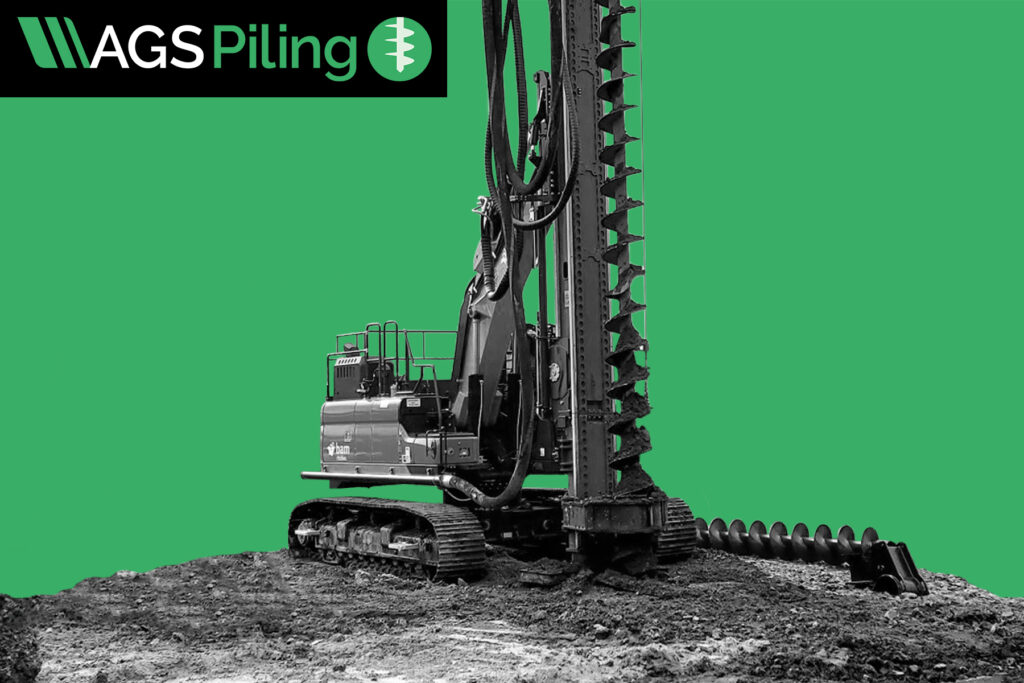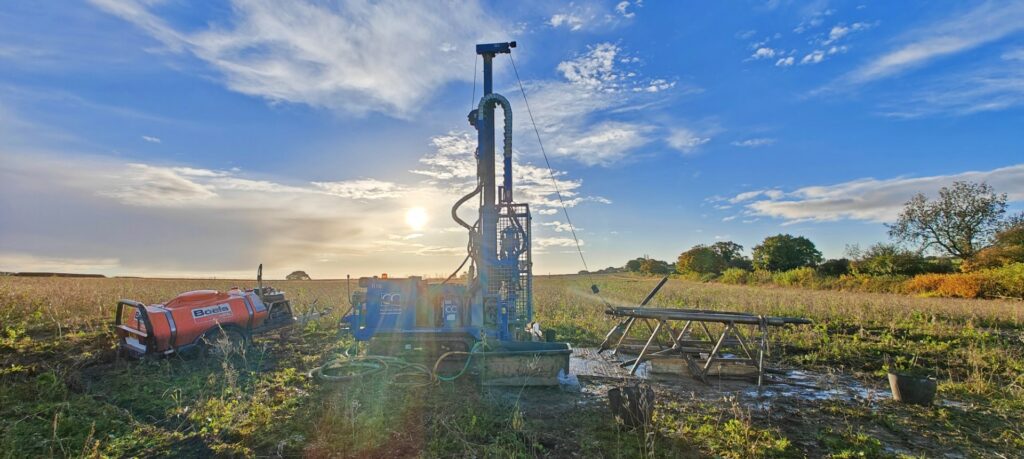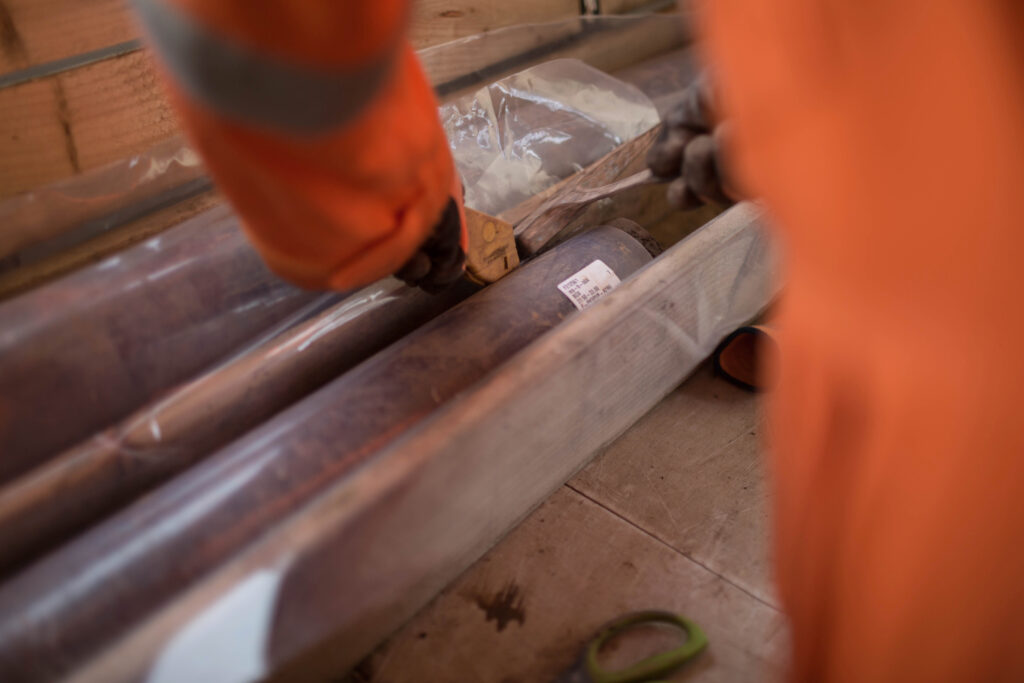This is the second of two articles developed by the SiLC Professional & Technical Panel (PTP) regarding the standard of land contamination reports submitted through the planning system. Here the authors respond to the quality issues raised by David Carr in AGS Magazine’s July 2024 issue and explain how SiLCs and the NQMS can help.
With increasing targets to build more houses to address the housing shortage in England and beyond, and a growing focus on developing brownfield sites first, getting land contamination reports right first time is critically important. Doing so will positively impact all parts of the sector by reducing costs and cutting time to get assessments approved by regulators, as well as enabling regulators to focus their time on the more complex sites and their wider duties.
In ‘Thoughts from the regulatory front line’, David Carr set out the most common issues with land contamination reports submitted to regulators, in particular that more effort is needed to meet the requirements of LCRM. George Baggott’s ‘Contaminated Land Reports for Planning – A Peer Review’, which was informed by his experience peer reviewing reports on behalf of several Local Planning Authorities (LPAs) in England echoed David’s findings.
There is also evidence from across the sector that the standard of land contamination reporting varies across the UK. The recent National Brownfield Forum (NBF) 2023/24 Sector Review Summary Report highlighted ‘a pervasive problem with the quality of reports submitted by consultants.’ Many reports were described as ‘minimum viable products, lacking in-depth analysis and leaving room for doubts about their conclusions. This often leads to prolonged back-and-forth communications to resolve issues’. Respondents had varying views on the quality and competence of land contamination advice being provided.
Like many current challenges, this is a multi-faceted issue. The SiLC Professional Technical Panel (PTP) has also been looking into the issue that many land contamination reports submitted under planning are not of sufficient quality to be accepted by LPAs without amendment. A Root Cause Analysis identified five key factors: a low bar for entry to the market; poor quality is not ‘punished’; developers procure on cost and speed rather than quality and value for money; acceptable standards are not well understood; and approvers can find they are out of their depth on more complex sites. A common factor is insufficient competency of those signing-off reports.
Focus is inevitably turning towards solutions. Some LPAs employ external peer reviewers to share the workload or provide access to additional technical expertise, with Suitably Qualified Person (SQP) qualification sometimes specified. Others benefit from the pooled resources of councils working together, for example Worcester Regulatory Services. With on-going budgetary pressures, some LPAs are reportedly considering charging developers on an hourly basis for planning consultations. A more drastic option being considered by some LPAs is to allow reports through without review should the submitting consultant hold sufficient Professional Indemnity insurance, however, this poses significant risks both of potential LPA liability and reputational damage should sites not be assessed or remediated adequately. On the other hand, high quality work can enhance reputation, provide citizens with confidence and expedite property transactions.
A suitable framework that provides a consistent approach to the quality of land contamination reports already exists in the National Quality Mark Scheme for land contamination (NQMS). The NBF Sector Review recognised this, but responses indicated that more should be done to widen its acceptance, particularly within the regulatory community.
Evidence-based risk assessments form the core of LCRM and supporting technical guidance, and the NQMS criteria are closely aligned to this. As part of the process, the SQP has to complete a form with the NQMS ‘Appendix 1’ criteria before signing the declaration of a report’s adequacy. The table below illustrates how the NQMS process can help address many of the common quality issues in reports that have been raised.
| Quality issue | How NQMS can help |
| Competency of those involved in collecting data. writing, assessing and technically reviewing reports | Checking suitable competency for this is a mandatory element when SQPs are completing declarations under the NQMS. |
| The assessment needs to set out the applicable legal context (e.g. planning or Part 2A) and its specific aims and objectives. | The NQMS ‘Appendix 1’ sign-off criteria require this be clearly set out along with confirmation of a robust data gathering, site investigation design and risk assessment given the legal context. |
| Bringing together complex, sometimes contradictory, data to inform the overall site assessment; the importance of developing and presenting the CSM, including uncertainties, and taking only relevant potential contaminant linkages through each risk assessment stage. | These skills are among the SiLC criteria met by candidates qualifying as SiLC and SQP. The NQMS ‘Appendix 1’ sign-off criteria include confirmation that all information has been presented and summarised clearly and understandably. |
| Specific aspects to be considered at each phase, including historical land use data, justifying the scope and rationale of the investigation, justified use of statistics in QRA. | These aspects and more form part of the NQMS ‘Appendix 1’, which has sign-off criteria for all reports and each report type. |
| Consideration of limitations and uncertainties in the assessment; for example no access to areas pre-demolition, and for all elements of remediation strategies. | It is mandatory for NQMS reports to clearly highlight relevant uncertainties/ limitations along with the implications for any conclusions drawn. In the authors’ opinion, this is a key area of added value in NQMS reports. |
In summary, the NQMS scheme has been designed and implemented to resolve common quality issues in reports and underlying factors, such as competency. These must be addressed during the sign-off process by the SQP. SiLC continues to audit NQMS annually and to apply any lessons to continually improve the scheme.
The NQMS is not intended to replace regulatory scrutiny but it can certainly help to get reports right first time. In fact, from a regulatory perspective, requesting use of the NQMS has no obvious drawbacks. It would push the costs for making sure these reports are adequate back to the planning applicant/ consultants before the reports reach the regulator. Reports that comply with the NQMS would reduce the regulator review time and ‘back-and-forth’ with consultants to address technical queries. By extension, this would also have a positive impact on the getting both brownfield and greenfield sites developed more quickly and safely, and would contribute to the pressing societal need to build more housing.
References
Carr,D. 2024. Thoughts from the regulatory front line. AGS Magazine, July 2024 pp 14-16
Baggott, G. 2024. Contaminated Land Reports for Planning – A Peer Review
Article by George Baggott, Associate Director, AECOM; Tom Henman, Director, RSK and past SiLC PTP Chair and Paul Nathanail, Director, LQM and past chair SiLC Board of Directors
